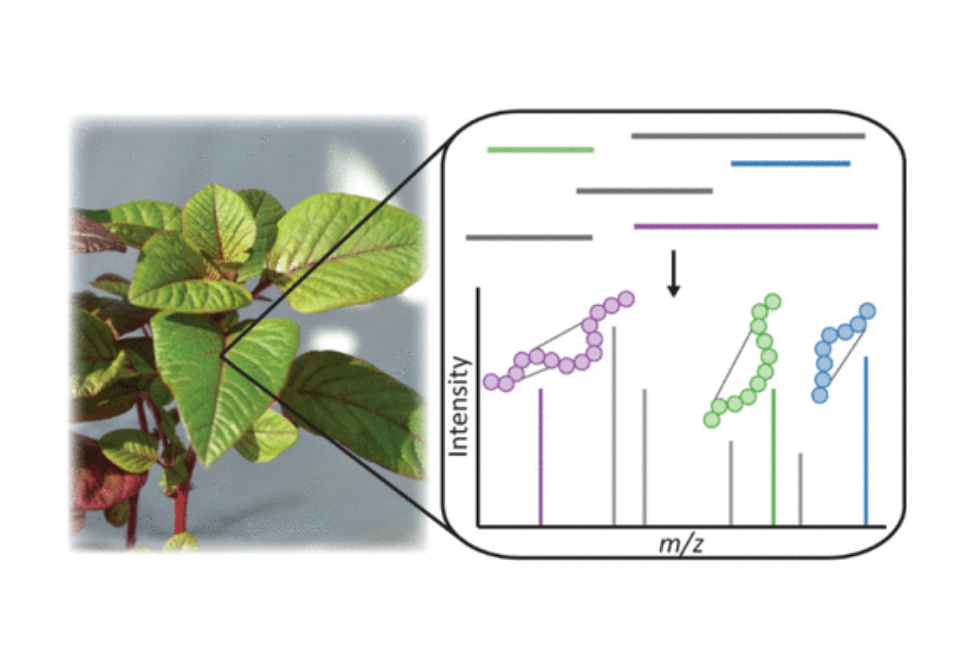Multiple Classes of Antimicrobial Peptides in Amaranthus tricolor Revealed by Prediction, Proteomics, and Mass Spectrometric Characterization
Abstract
Traditional medicinal plants are rich reservoirs of antimicrobial agents, including antimicrobial peptides (AMPs). Advances in genomic sequencing, in silico AMP predictions, and mass spectrometry-based peptidomics facilitate increasingly high-throughput bioactive peptide discovery. Herein, Amaranthus tricolor aerial tissue was profiled via MS-based proteomics/peptidomics, identifying AMPs predicted in silico. Bottom-up proteomics identified seven novel peptides spanning three AMP classes including lipid transfer proteins, snakins, and a defensin. Characterization via top-down peptidomic analysis of Atr-SN1, Atr-DEF1, and Atr-LTP1 revealed unexpected proteolytic processing and enumerated disulfide bonds. Bioactivity screening of isolated Atr-LTP1 showed activity against the high-risk ESKAPE bacterial pathogens (Enterococcus faecium, Staphylococcus aureus, Klebsiella pneumoniae, Acinetobacter baumannii, and Enterobacter cloacae). These results highlight the potential for integrating AMP prediction algorithms with complementary -omics approaches to accelerate characterization of biologically relevant AMP peptidoforms.
Citation
Multiple Classes of Antimicrobial Peptides in Amaranthus tricolor Revealed by Prediction, Proteomics, and Mass Spectrometric Characterization
Tessa B. Moyer, Jessie L. Allen, Lindsey N. Shaw, and Leslie M. Hicks
Journal of Natural Products 2021 84 (2), 444-452
DOI: 10.1021/acs.jnatprod.0c01203


